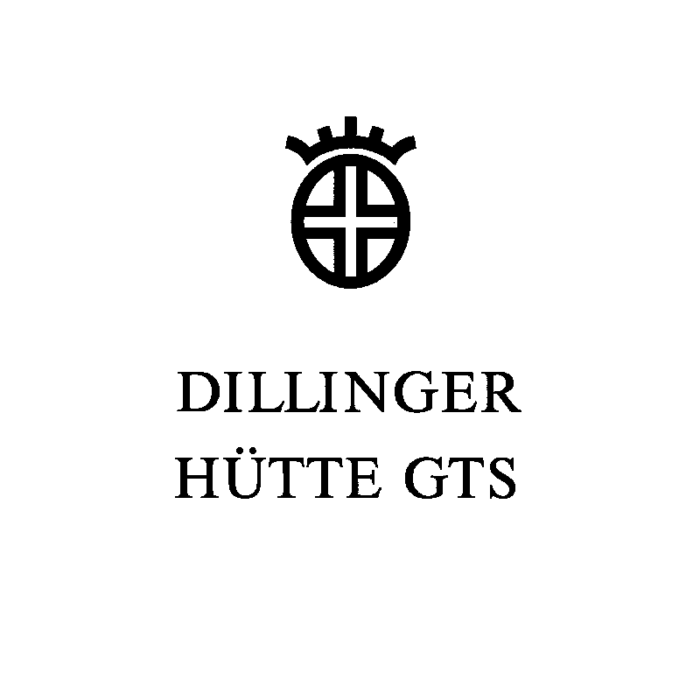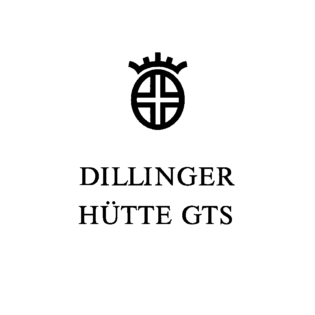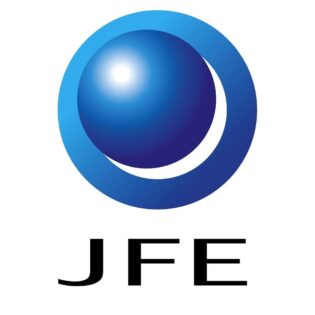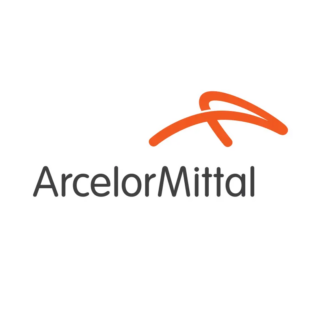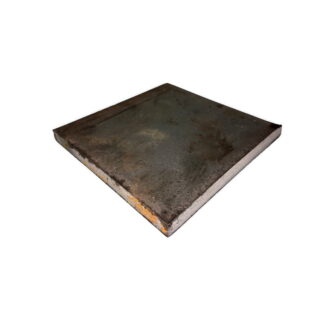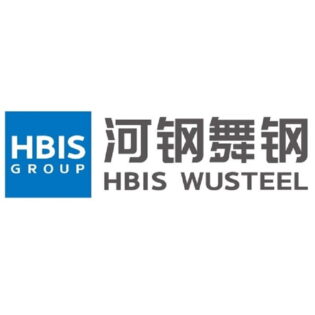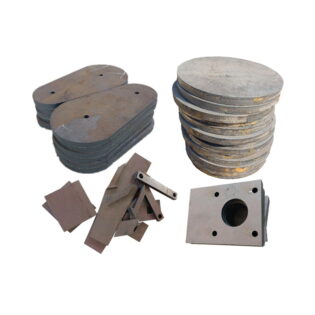Dillidur 550 Wear-Resistant Steel Plate
Dillidur 550 is a wear-resistant steel plate with a nominal hardness of 550 HBW in the delivery state.
Dillidur 550 can be used in high-strength wear environments.
Application examples: extremely worn parts of earth-moving machinery, conveying equipment, crushers and waste recycling equipment.
Dillidur 550 Wear-Resistant Steel Plate
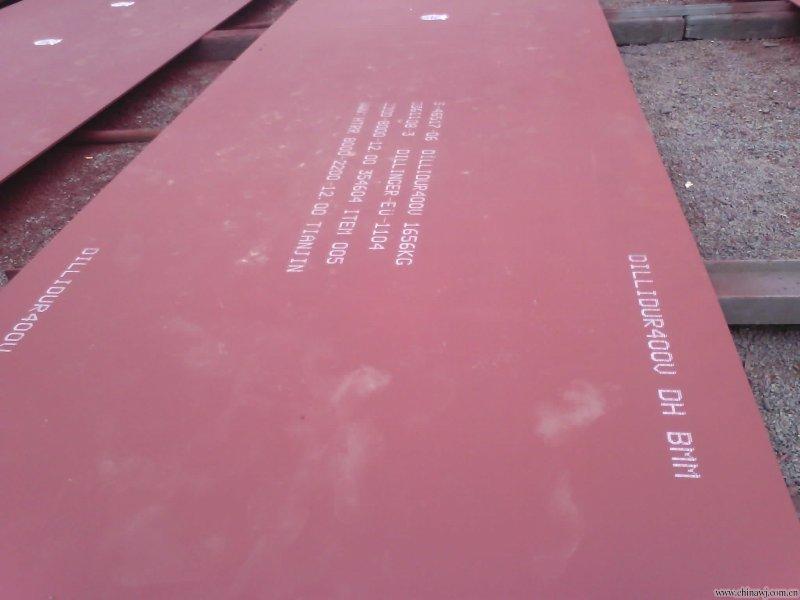
Dillidur 550 is a wear-resistant steel plate with a nominal hardness of 550 HBW in the delivery state.(DILLINGER)
Dillidur 550 can be used in high-strength wear environments.
Application examples: extremely worn parts of earth-moving machinery, conveying equipment, crushers and waste recycling equipment.
Dillidur 550 PDF DOWNLOAD
Supply Size Range
DILLIDUR 550 is available in thicknesses from 10mm (0.4 inches) to 51mm (2 inches) and widths below 3300mm (130 inches) 2 .
Dillidur 550 Chemical Composition:
Based on smelting analysis, the following limit values(%) are applicable to each component
| C | Si | Mn | P | S |
| ≤ 0.37 | ≤ 0.70 | ≤ 1.60 | ≤ 0.025 | ≤ 0.010 |
Depending on the thickness, one or more of the following alloying elements will be added:
| Mo | Ni | Cu | Cr | V | Nb | B |
| ≤ 0.60 | ≤ 1.40 | ≤ 0.30 | ≤ 1.50 | ≤ 0.08 | ≤ 0.05 | ≤ 0.005 |
The molten steel is fully sedated and processed for fine graining.
1 The content of this information is a product description, and may be updated from time to time.
2 The conversion value of myopia in parentheses is an offensive reference.
Carbon equivalent reference value:
| CEV a | 0.70 |
| CET b | 0.50 |
a CEV =C+Mn/6+(Cr+Mo+V)/5+(Ni+Cu)/15
b CET =C+(Mn+Mo)/10+(Cr+Cu)/20+Ni/40
Delivery status:
The steel plate is quenched by temperature controlled water or water quenched + tempered.
Mechanical properties in delivery state
Hardness
Surface Brinell hardness at room temperature: 520-580 HBW
Longitudinal specimen V-notch Charpy impact test (reference value for 20mm thick steel plate):
Charpy impact energy: 25 J at -20°C (-4°F) 3
The test
surface Brinell hardness is tested every furnace and every 40 tons.
Steel plate mark
If there is no other agreement, the steel plate mark shall include at least the following content:
- Grade (DILLIDUR 550)
- Furnace number
- Motherboard number and steel plate number
- Steel mill sign
- Inspection representative label
3 The almost converted values in parentheses are for reference only.
Processing performance
The whole set of processing technology and application technology used by the user is very important to the reliability of the product made from this material. It should be ensured that the design, structure and processing method are suitable for this material and meet the latest processing requirements and the purpose of the product that the processor must follow. Purpose requirements. The user should select the material by himself, and fully consider the high strength and high hardness of the material, and follow the process recommendation that meets the national standards for safe production.
Cold forming
Although DILLIDUR 550 is too high in hardness and strength, the room for cold forming is limited, and you must consult in advance.
The hardness of hot forming/heat treatment DILLIDUR 550 comes from accelerated cooling from the austenitizing temperature. If the hardness does not decrease significantly after hot forming, it is possible to supplement the subsequent re-quenching treatment. However, the hardness obtained after re-quenching will be different from the hardness tested when the steel plate leaves the factory. This is because the cooling efficiency of the quenching equipment in the processing plant is generally lower than that of the quenching equipment during the production of steel plates.
This material can be heated to about 250°C (482°F) without a significant decrease in hardness.
Flame cutting and welding:
For all thickness steel plates, the following minimum preheating temperature should be followed during flame cutting: 175°C (347°F)
After flame cutting, measures should be taken to maintain slow cooling. For example, insulation wool can be used, which will reduce the risk of hydrogen-induced cracking.
When using ferritic welding consumables, care should be taken to select very low hydrogen content welding consumables and follow the following preheating temperature: 150°C (302°F) for thickness 15mm and below; 200°C (392°F) for thickness above 15mm F)
When using soft austenitic welding consumables, the preheating temperature of 50°C (122°F) is usually sufficient.
In order to avoid the decrease in hardness, the preheating temperature and interlayer temperature corresponding to flame cutting and welding should not exceed 250°C (482°F).
Manual arc welding should use alkaline-coated electrodes with residual moisture in the ground (if necessary, they should be dried according to the requirements of the electrode manufacturer).
Machining
Despite its extremely high hardness, DILLIDUR 550 can still be machined by using sharp carbide tools. It is necessary to ensure that a heavy-duty processing machine tool is used, and an appropriate feed speed and cutting speed are used.
General delivery technical requirements
Unless otherwise agreed, the general delivery technology requires the use of EN 10021 standard.
Tolerance
Unless otherwise agreed, the tolerance requirements refer to EN 10029, and the thickness is applicable to A level.
Surface Quality
Unless otherwise agreed, refer to the EN 10163-2 standard and apply A2 level.
Total note
If there are other special requirements for materials that are not covered in this document due to the purpose of use or follow-up process reasons, they can be negotiated before ordering.


